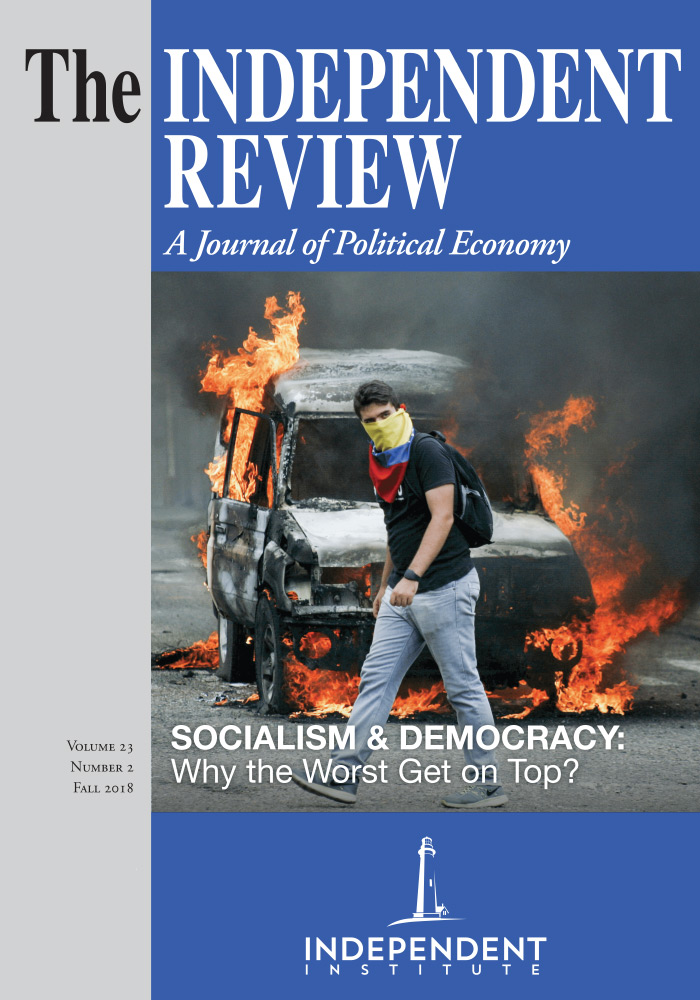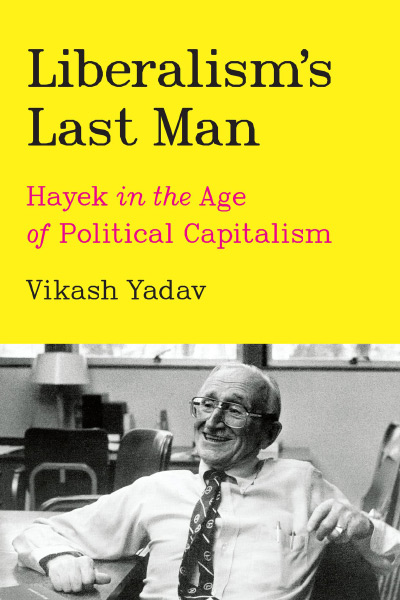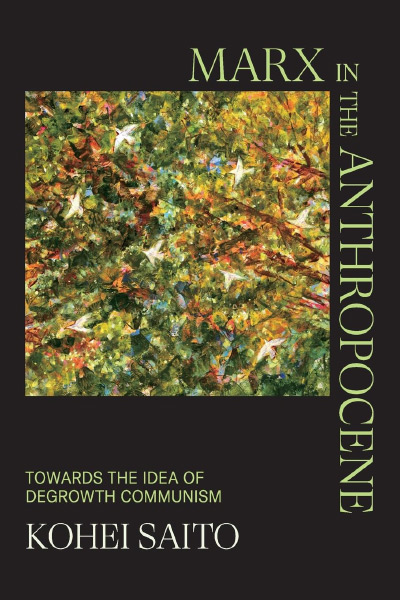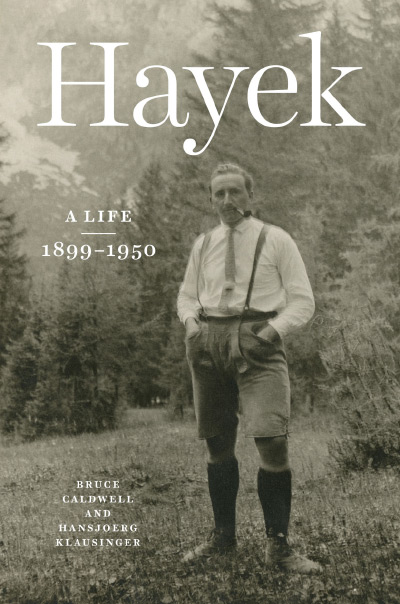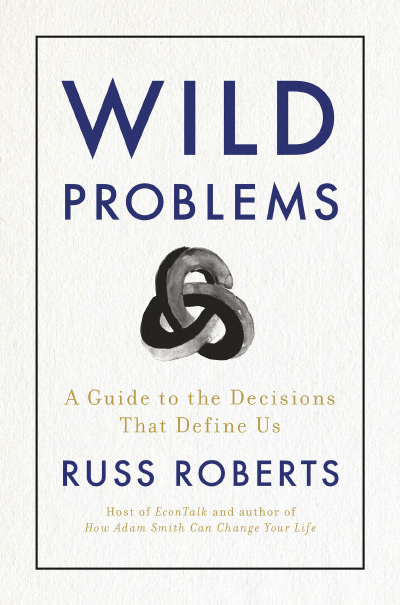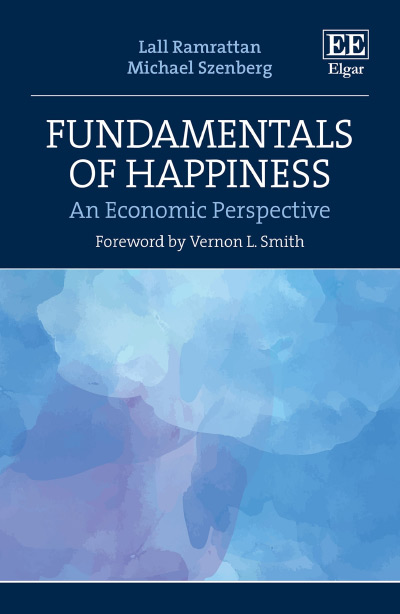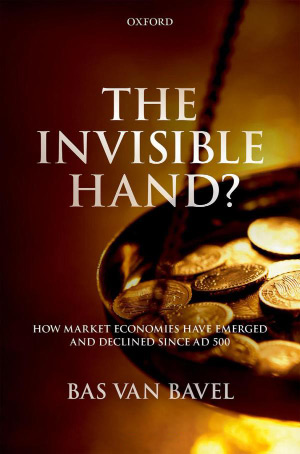Dennis C. Rasmussen has written an eloquent and insightful book on one of the most influential friendships in the history of philosophy. The reader gets two biographies for the price of one, including a great deal of archival research and an analysis of Adam Smith’s and David Hume’s ideas and influence to boot. I have read many books about Smith, although fewer about Hume. Short of reading Smith’s works and correspondence, one should take up this book as essential reading if one wants to get to know Smith’s personal character and qualities.
Besides the remarkable protagonists and perhaps the reason for their excellence, the setting of this book in the Scottish Enlightenment is fascinating. As Rasmussen puts it,
Hume once again captured the feeling well. “Really it is admirable how many Men of Genius this Country produces at present,” he commented to a friend in 1757. “Is it not strange,” he asks, “that, at a time when we have lost our Princes, our Parliaments, our independent Government, even the Presence of our chief Nobility, are unhappy in our Accent & Pronunciation, speak a very corrupt Dialect of the Tongue which we make use of; is it not strange, I say, that, in these Circumstances, we shou’d really be the People most distinguish’d for Literature in Europe?” (p. 7)
Rasmussen also hits the mark when he writes: “[T]he Scottish ‘literati,’ as they were often dubbed, were not disaffected intellectuals at war with the establishment and the elite of their society, as their counterparts in France so often were, but rather widely admired and deeply engaged members of their communities” (p. 8). This observation explains in part why the Scottish Enlightenment and the French Enlightenment, although sharing many similar values and goals, followed remarkably different trajectories both intellectually and politically. The subtle yet deep conservatism underlying the Scottish Enlightenment shows up repeatedly in both Smith’s and Hume’s works.
As Arthur Herman puts it in How the Scots Invented the Modern World: The True Story of How Western Europe’s Poorest Nation Created Our World and Everything in It (New York: Random House, 2001),
Only London and Paris could compete with Edinburgh as an intellectual center. But unlike those two world capitals, Edinburgh’s cultural life was not dominated by state institutions or aristocratic salons and patrons. It depended instead on a circle of tough-minded, self-directed intellectuals and men of letters, or “literati,” as they called themselves. . . . This was in part because everybody was the neighbor of everyone else. . . . Allan Ramsay, Lord Kames, David Hume, William Robertson, William Fergusson [sic], John Home—all lived virtually within shouting distance of one another. (p. 190)
And that list doesn’t include many Glasgow intellectuals who frequently participated in the intellectual life of Edinburgh: Adam Smith, James Watt, Joseph Black, and John Millar, to name a few. Scotland at this time was truly a “hotbed of genius.” Rasmussen has done an excellent job tracing out not only the relationship between Smith and Hume but also their place among their common society of friends, acquaintances, and fellow intellectuals.
For the book itself, I have nothing but praise. Rasmussen has done excellent archival research—unearthing stories and correspondence about Adam Smith that I was unaware of, even as a student of Smith’s works. He has woven these stories, letters, and ideas together with Hume’s life in an engaging and enlightening way. The book is written well, with clarity and carefulness in presenting evidence and judging a variety of controversies and puzzles in the relationships these two philosophers had with each other and with others. The author weaves the story together beautifully, both chronologically and thematically.
The work gives more space to Hume than to Smith. This is likely due to the fact that relatively little is known about Smith’s personal life and beliefs. He wrote relatively few letters, had nearly all of his remaining manuscripts burned by his literary executors, and was often quite guarded in venturing opinions on certain topics. The contrast between Smith and Hume in their writings and public persona forms a core theme of the book. Smith was widely respected and praised—holding the chair of moral philosophy at the University of Glasgow for more than a decade. Hume, in contrast, was a social pariah for his skepticismand irreverence. Rasmussen presents a nuanced account of their friendship, arguing that they were close both personally and intellectually, yet they may have had some serious differences of opinion, especially about the usefulness of Christianity to society.
The chapters are both thematic and chronological. Each chapter is centered around an historic episode and theme, starting with an introduction to Hume and his writings (chapter 1), followed by Smith’s encountering Hume’s writings and Hume himself (chapter 2). Rasmussen then discusses their growing friendship (chapter 3), Hume’s conflict with the “Kirk” (Church of Scotland) (chapter 4), Smith’s work on The Theory of Moral Sentiments (chapter 5), Hume’s lauded time in France (chapter 6), Hume’s strange conflict with that moody and paranoid philosopher Jean-Jacques Rousseau (chapter 7), the final years of their friendship (chapter 8), Smith’s publication of An Inquiry into the Nature and Causes of the Wealth of Nations (chapter 9), the dispute over publishing Hume’s Dialogues Concerning Natural Religion (chapter 10), Hume’s last days (chapter 11), Smith’s remembrance of and eulogy to Hume (chapter 12), and, at last, Smith’s final years in Edinburgh (epilogue). From these chapters, one gets a clear sense of the major milestones and experiences in both of these philosophers’ lives as well as of their thoughts and friendship.
I recommend this book highly relative to other excellent works on Smith, including recent biographies by Nicholas Phillipson (Adam Smith: An Enlightened Life [New Haven, Conn.: Yale University Press, 2012]) and Ian Ross (The Life of Adam Smith, 2nd ed. [Oxford: Oxford University Press, 2010]); books about Smith’s intellectual endeavors and influence by Ryan Hanley (Adam Smith and the Character of Virtue [Cambridge: Cambridge University Press, 2009]), Gavin Kennedy (An Authentic Account of Adam Smith [New York: Palgrave Macmillan, 2017]), Russell Roberts (How Adam Smith Can Change Your Life: An Unexpected Guide to Human Nature and Happiness [New York: Penguin, 2014]), and James Otteson (Adam Smith’s Marketplace of Life [Cambridge: Cambridge University Press, 2002]); not to mention a large variety of recent essays in the Adam Smith Review. Rasmussen clearly knows the secondary literature (of which there is far more than I reference here). In fact, he engages directly with several of these works at various times throughout his book— seeking to correct occasional oversights or to answer puzzles and questions posed by others. He engages the secondary literature most directly in explaining the mystery of why Smith was so reticent to publish Hume’s Dialogues Concerning Natural Religion. He concludes the decision was mostly a matter of timing and pragmatism—the Wealth of Nations had just been published, and the backlash against anyone associated with Hume’s final irreligious work would be severe and swift.
Rasmussen’s book is a highly engaging mix of biography and intellectual history. Although he spends more time on the biographical, the reader will frequently stumble across an interesting analysis or portrayal of these philosophers’ ideas, especially in chapters about their works. For a deeper introduction to and analysis of Smith’s ideas, I recommend the collected volume Adam Smith: His Life, Thought, and Legacy, edited by Ryan Hanley (Princeton, N.J.: Princeton University Press, 2016).
Any reader interested in the development of economic thought or, more specifically, the development of political economy and classical liberalism will enjoy this book. Because of the extensive footnotes and careful research, it is also a great book for those, whether beginners or experts, who want to embark on greater study of Smith or Hume. Finally, those who want to increase their understanding of the moral and philosophical underpinnings of modern commercial society can find few better places to start than The Infidel and the Professor by Dennis C. Rasmussen.
| Other Independent Review articles by Paul Mueller | |
| Fall 2020 | After the Crash: Crises and Regulatory Responses; The Failure of Financial Regulation: Why a Major Crisis Could Happen Again |
| Fall 2019 | Gambling with Other People’s Money: How Perverse Incentives Caused the Financial Crisis |

